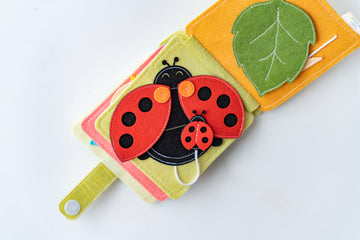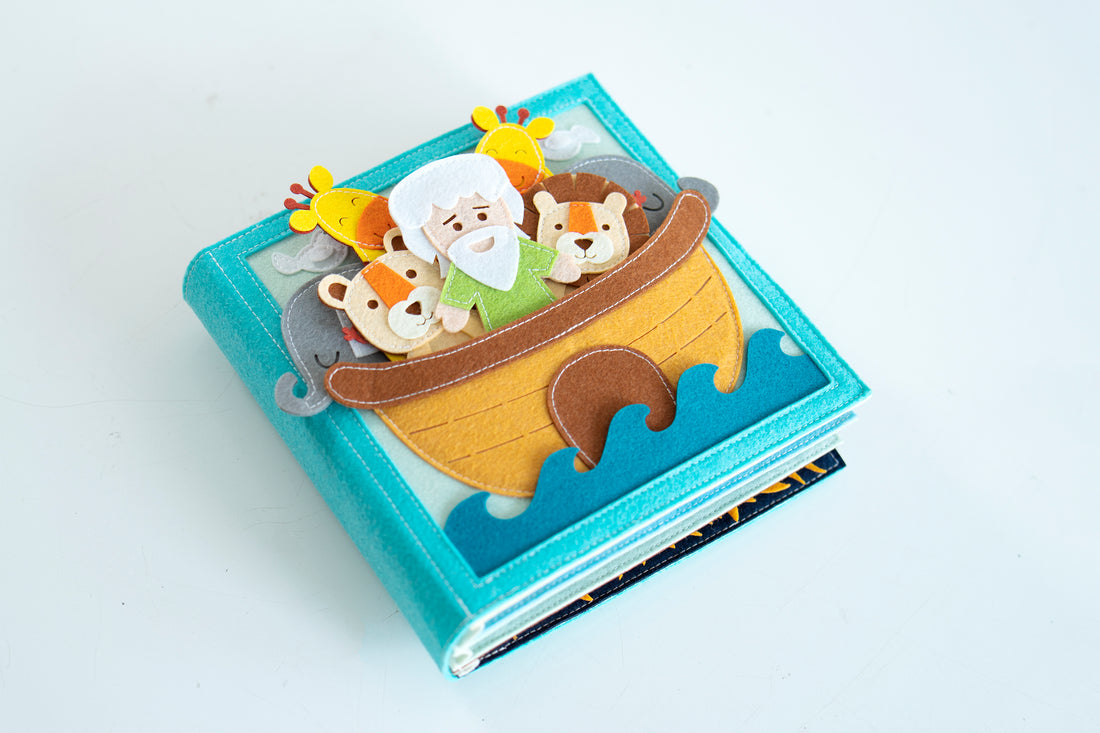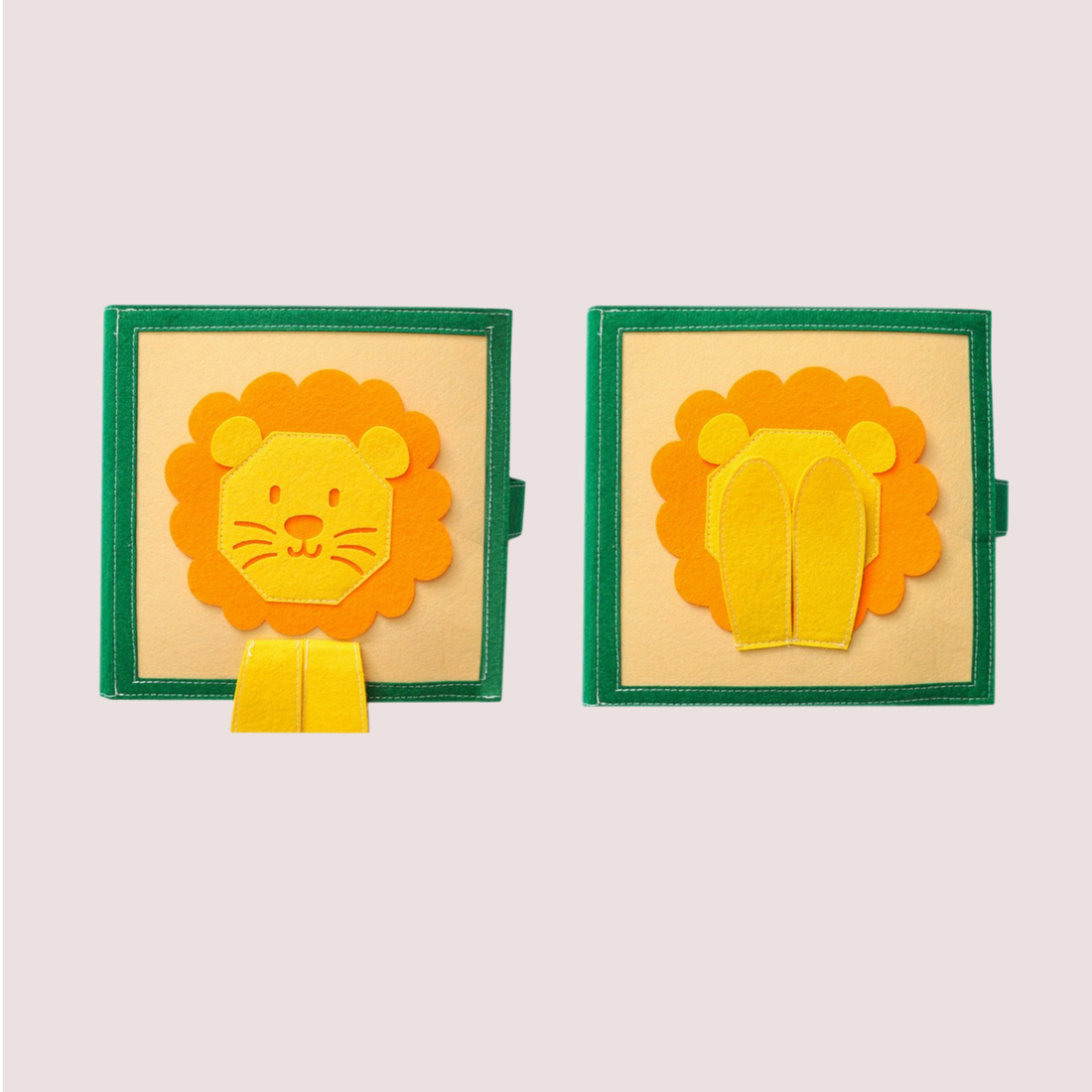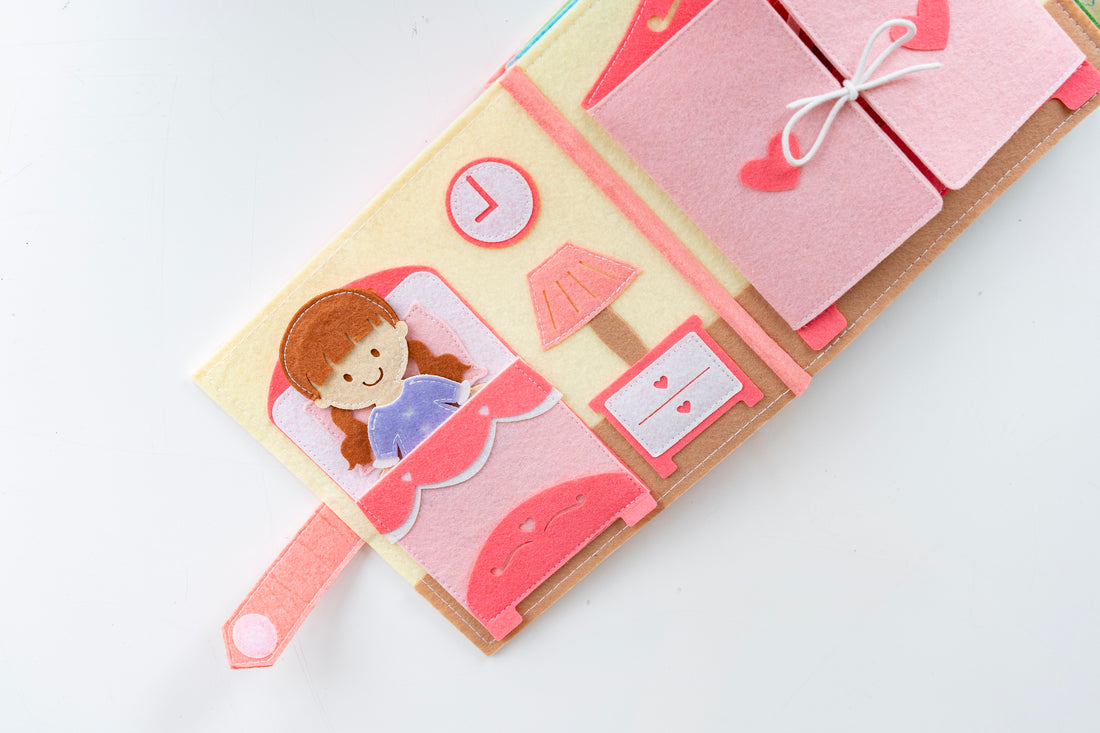You'll get a feeling of satisfaction as you watch your child develop essential skills while playing. Dive into this article to understand better, choose the right busy book, and maximize its benefits.
It's time you put that busy energy to good use!
Understanding the Busy Book Concept

The busy book concept is a hands-on activity that you'll find incredibly useful for keeping your little ones engaged. It's an interactive learning tool, designed to stimulate their minds.
Picture a book filled with fun, tactile activities - that's a busy book. You're not just reading to your child; you're allowing them to explore, discover, and learn at their own pace. It's a playground for their fingers and mind.
You'll see pages with zippers, buttons, puzzles, and more. Each activity in a busy book challenges them, helping to develop their fine motor skills, cognitive abilities, and concentration. It's not just a toy; it's a tool for growth.
You'll appreciate the quiet time it provides, and they'll love the fun-filled learning.
Benefits of Hands-On Busy Books
Diving right into the benefits of hands-on busy books, you'll quickly find that they're not just entertaining, they're also powerful educational tools. They boost your child's cognitive development, enhancing their problem-solving skills, fine motor skills, and concentration. Simultaneously, they're fostering your child's creativity and imagination, proving learning can be fun.
What's more, busy books are portable, which makes them a great option for keeping kids engaged during travel or wait times. And they're durable too, designed to withstand rough handling. But perhaps one of the best benefits is the bond it helps strengthen between you and your child. As you guide them through the activities, you're spending quality time, and that's invaluable.
Key Features of Quality Busy Books

When looking for a quality busy book, you'll want to keep an eye out for a few key features that enhance their educational value and durability, bridging the gap between fun and learning.
Seek out books with sturdy, tactile pages that can withstand rough handling. Interactive elements such as buttons to press, flaps to lift, or textures to touch will hold your child's attention while also boosting their motor skills.
Also, look for books that incorporate basic learning concepts such as numbers, letters, shapes or colors. Bright, clear illustrations are a must to stimulate visual learning.
Selecting the Perfect Busy Book
While you're on the hunt for the perfect busy book, it's crucial that you consider your child's age, interests, and current skill levels. The ideal busy book should challenge them, yet not be too difficult.
It's also important to choose a book that matches their interests. For instance, if your child is fascinated by animals, a busy book featuring various creatures will captivate their attention.
Durability is another key factor. Kids can be rough on books, so it's wise to opt for one that'll withstand wear and tear.
Lastly, you might want to look for a book that's portable for on-the-go entertainment. By keeping these tips in mind, you're bound to find a busy book that will keep your little one engaged and learning.
Maximizing the Busy Book Experience
Once you've found the perfect busy book for your child, mastering its usage becomes the key to unlocking the full potential of this educational tool. It's not just about flipping through pages, it's about engagement.
You can guide your child interactively, asking questions about the pictures or stories. This stimulates curiosity and develops language skills. Make time for regular sessions but keep them short to maintain your child's interest.
You'll notice they'll start exploring the book on their own, learning independently. Remember, it's not a race. Allow your child to absorb information at their own pace. Celebrate their progress, however small.
This nurtures a love for learning, the ultimate goal of using a busy book.
Frequently Asked Questions
Can Hands-On Busy Books Be Used by Children With Special Needs?
Yes, you can certainly use these types of books with special needs children. They're great for stimulating their senses, improving fine motor skills, and offering an engaging, tactile learning experience. It's a beneficial tool.
How Can I Incorporate the Use of Hands-On Busy Books Into My Child's Daily Routine?
To incorporate this into your child's routine, start by introducing it during quiet times. Then, gradually weave it into learning times. It's vital to ensure it's a fun, not forced, part of their day.
What Are Some Common Mistakes to Avoid When Introducing Hands-On Busy Books to My Child?
Avoid rushing your child's pace, forcing them to use it daily, or making it a chore. Don't skip the introduction phase, where they familiarize with the book. Remember, it's about their interest and enjoyment.
Are There Any Online Communities or Forums for Parents Using Hands-On Busy Books?
Yes, there are online communities. You can join Facebook groups like "Early Childhood Education Resources" or forums on websites like BabyCenter. They're great places to share experiences and get advice from other parents.
Can Hands-On Busy Books Be Used in Conjunction With Other Educational Tools and Resources?
Absolutely! You can definitely integrate other educational resources when using these tools. They're designed to complement, not replace, traditional teaching methods, making learning more interactive, engaging, and fun for your child.
Conclusion
So, you're sold on the busy book concept! They're educational, engaging, and a treat for curious little hands.
But remember, not all busy books are created equal. Be discerning, look for quality and age-appropriate features.
Once you've found the perfect one, make sure it's used to its full potential. It's not just about keeping them busy, it's about fostering a love of learning.
Happy busy book hunting!






























